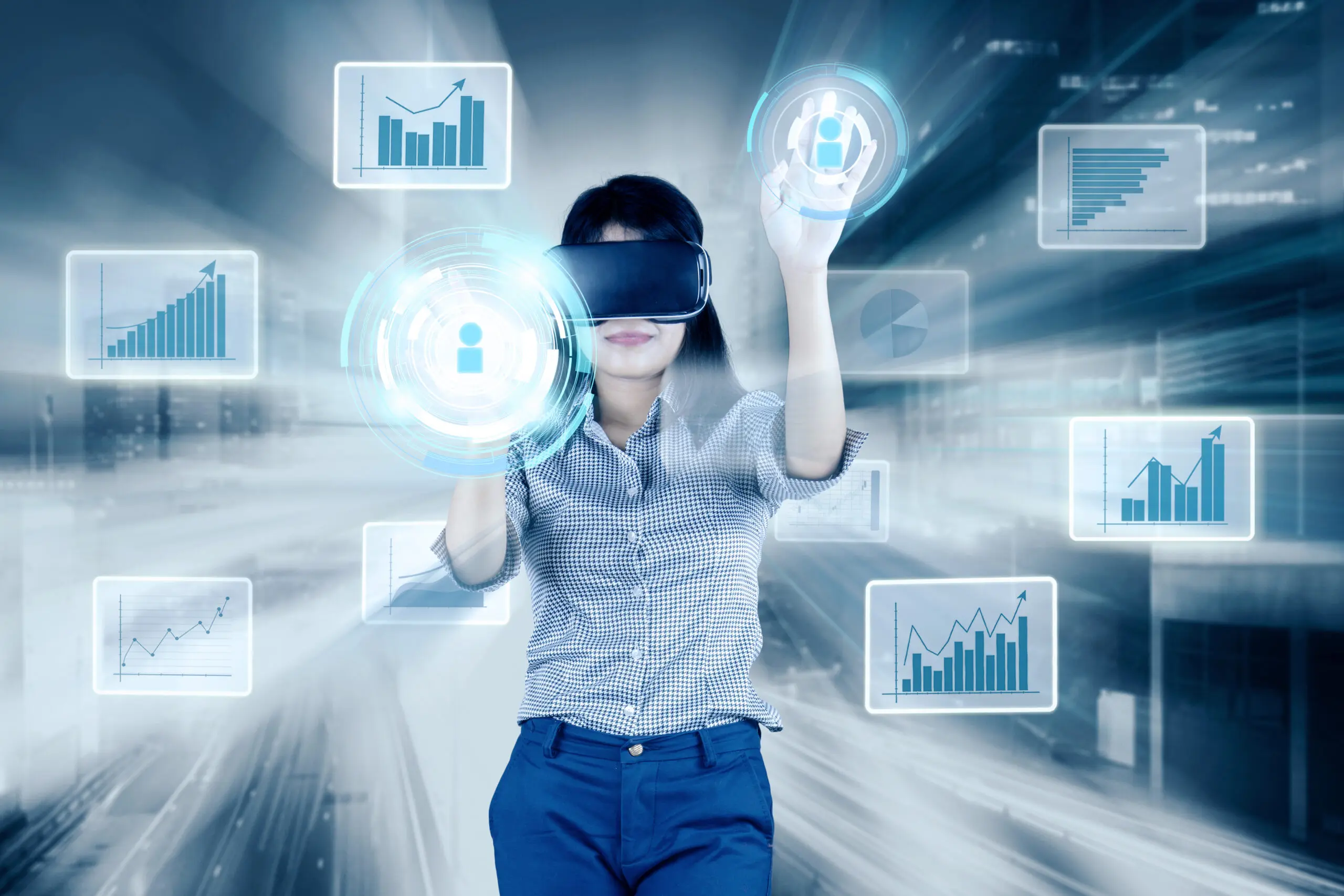May 14, 2024
Introduction
Augmented Reality (AR) has been revolutionizing how we interact with the world by overlaying digital content onto our physical environment. From gaming to navigation, AR provides an immersive experience that enhances our real-world interactions. But what happens when AR gets a cognitive upgrade? Enter GPT-4, OpenAI's cutting-edge language model. By integrating GPT-4 with AR, we unlock a new realm of possibilities, transforming static overlays into intelligent, interactive experiences.
Intelligent Overlays: AR with Context-Aware Insights
Traditional AR applications superimpose digital images or information onto the physical world. However, these overlays are often static, offering limited interactivity. GPT-4 changes the game by providing context-aware insights that adapt to the user's environment in real-time.
Imagine walking through a museum and having an AR headset that not only shows information about an exhibit but also answers your questions and engages in a dialogue about the artifact. GPT-4 can analyze what you are looking at and provide detailed explanations, historical context, and related trivia, making the experience far more engaging and informative.
Real-Time Translations: Breaking Language Barriers
Language barriers can hinder our ability to fully experience different cultures and environments. AR combined with GPT-4's language capabilities can provide real-time translations, making travel and cross-cultural interactions smoother and more enriching.
Picture this: you're in a foreign country, navigating the streets with an AR headset. Street signs, menus, and even conversations are instantly translated into your native language. GPT-4’s natural language processing (NLP) abilities ensure that these translations are not just literal but also contextually accurate, maintaining the nuances of the original language. This seamless translation capability could also extend to educational settings, enabling students to learn new languages in an immersive, interactive manner.
Interactive Educational Experiences: Learning Through Interaction
Education is another field ripe for transformation through the integration of AR and GPT-4. Traditional textbooks and lectures can be supplemented with interactive, hands-on learning experiences that adapt to the student's pace and learning style.
Consider a biology class where students use AR headsets to explore a digital 3D model of the human body. GPT-4 can act as a virtual tutor, answering questions, providing detailed explanations of different organs and systems, and even testing students' knowledge with interactive quizzes. This dynamic approach can make learning more engaging and effective, catering to the individual needs of each student.
Technical Integration: Making It Happen
Integrating GPT-4 with AR applications involves several technical steps:
Data Collection and Processing: AR devices need to capture real-world data through cameras and sensors. This data is then processed to identify objects and environments.
Contextual Analysis: GPT-4 analyzes the processed data to understand the context and generate relevant content. For example, identifying a historic monument and generating a detailed narrative about its history.
Natural Language Interaction: GPT-4 enables natural language interaction, allowing users to ask questions and receive answers in real-time. This requires robust NLP capabilities to understand and respond accurately to user queries.
Seamless Integration: The AR application needs to seamlessly integrate GPT-4’s outputs into the visual field of the user. This involves synchronizing the timing and placement of digital content with the user’s movements and interactions.
Future Prospects: What Lies Ahead
The integration of GPT-4 with AR is still in its early stages, but the potential is enormous. Future advancements could lead to more sophisticated applications, such as:
Enhanced Medical Training: Medical students could perform virtual surgeries with real-time feedback and guidance from GPT-4, improving their skills and confidence.
Advanced Customer Support: Retail environments could use AR to provide customers with instant, personalized assistance, with GPT-4 handling complex queries and providing detailed product information.
Creative Collaborations: Artists and designers could collaborate with GPT-4 in AR, visualizing concepts and receiving intelligent suggestions in real-time.
Conclusion
By integrating GPT-4 with AR, we are on the brink of a new era where digital interactions become more intelligent and immersive. From providing context-aware insights and real-time translations to creating interactive educational experiences, the possibilities are vast and exciting. As we continue to explore and develop this integration, we can look forward to a future where technology not only enhances our reality but also understands and interacts with us in profoundly meaningful ways.





